As we dive deep into a new wave of COVID-19 infections this winter, the value of masking is back in public discourse.
Tag: Masks
SEIR Model to Address the Impact of Face Masks amid COVID-19 Pandemic
When vaccines are not available, alternative strategies are required to decrease SARS-CoV-2 transmission. Behavior of the population and government regulations, such as hand hygiene, quarantine of exposed persons, isolation of symptomatic persons, and travel restriction, play an essential role in…
Political ideology influences management decisions such as mask wearing in federal judiciary, study finds
Federal district judges appointed by Republican presidents were found to be less likely to require mask wearing in the courtroom during the COVID-19 pandemic, finds a new study from the School of Law at Washington University in St. Louis.
Not all valved N95 masks are the same when filtering exhaled air, study finds
Using valved respirators to prevent the spread of COVID-19 has been discouraged due to concerns that valves do not effectively filter particles from exhaled air, but few studies actually have looked at this. Now, researchers report in Environmental Science & Technology Letters on their performance.
Genome sequencing reveals widespread COVID-19 infection in white-tailed deer
Houston Methodist’s SARS-CoV-2 genome sequencing team has partnered on a study led by Penn State that revealed 80% of white-tailed deer sampled across Iowa at the height of the 2020-2021 deer-hunting season tested positive for the SARS-CoV-2 virus. Analysis of the virus genome sequences revealed infections were likely the result of multiple human-to-deer transmission “spillover” events followed by deer-to-deer transmission from April 2020 through January 2021.
Homemade Face Masks Work; Effectiveness Varies Depending on How They Are Made
In Physics of Fluids, by AIP Publishing, researchers from the Indian Institute of Science studied the fate of a large-sized surrogate cough droplets at different velocities, corresponding from mild to severe, while using various locally procured fabrics as masks.
Contrary to Online Video’s Claim, masks are effective at reducing the spread of COVID-19
Dr. Julie Swann, A. Doug Allison Distinguished Professor and Department Head at NC State University debunks the claim that face masks can’t block viruses such as COVID-19.
Hopkins Med News Update
News stories in this issue
Response to COVID-19 Vaccines Varies Widely in Blood Cancer Patients
Patients with a type of blood cancer called multiple myeloma had a widely variable response to COVID-19 vaccines—in some cases, no detectable response—pointing to the need for antibody testing and precautions for these patients after vaccination, according to a study published in Cancer Cell in June.
Normal Breathing Sends Saliva Droplets 7 Feet; Masks Shorten This
The WHO and the CDC recommend keeping a certain distance between people to prevent the spread of COVID-19. These social distancing recommendations are estimated from a variety of studies, but further research about the precise mechanism of virus transport is still needed. In Physics of Fluids, researchers demonstrate normal breathing indoors without a mask can transport saliva droplets capable of carrying virus particles to a distance of 2.2 meters in a matter of 90 seconds.
Study shows rapid return of respiratory viruses after COVID-19 restrictions relaxed
A new Houston Methodist study shows a rapid return of seasonal respiratory viruses after COVID-19 restrictions were relaxed in Texas, demonstrating the apparent effectiveness of masking, distancing and other precautionary measures at stopping the spread of respiratory illnesses. This rise in infections to pre-pandemic levels followed updated governmental guidelines lifting mask, distancing and occupancy requirements.
Research Results: Double Masking During the COVID-19 Pandemic
EPA, along with their co-authors at UNC, recently published an article titled “Fitted Filtration Efficiency of Double Masking During the COVID-19 Pandemic.”
Research Update: Cleaning & Disinfecting PPE for Reuse
The COVID-19 pandemic has caused an unprecedented disruption in supply chains across multiple sectors including the shortage of critical personal protective equipment (PPE). In addition to hand washing and social distancing, various PPE items are used to prevent contact with…

Covid-19 Mask Study Finds Layering, Material Choice Matter
Georgia Tech researchers detail results of a study measuring filtration efficiency of several commercially available Covid-19 mask materials.
Henry Ford Study Shows Face Masks Strongly Associated With Reducing Healthcare Workers’ Risk of Acquiring COVID-19
A study published in the Journal of Occupational and Environmental Medicine from researchers at Henry Ford Health System has found that Henry Ford’s early implementation of a universal mask policy in the COVID-19 pandemic was strongly associated with reducing the risk of healthcare workers at Henry Ford acquiring COVID-19.
Higher Pollen Levels Correlated With Increased Coronavirus Infection Rates
New Brunswick, N.J. (March 9, 2021) – Rutgers University–New Brunswick allergy specialist Leonard Bielory is available for interviews on a study he co-authored that correlates higher airborne pollen concentrations with increased SARS-CoV-2 infection rates. High-risk individuals should wear particle filter…
Mount Sinai Joins Challenge Encouraging Public to Get Vaccinated Against COVID-19
The Mount Sinai Health System is joining medical centers across the United States in a grassroots effort to encourage public participation in vaccinations against COVID-19.

New IU study finds most high-school age youth are willing to wear masks
A new study from Indiana University researchers finds that most high-school age youth are willing to wear masks to help prevent the spread of the COVID-19 virus, but that more education is needed on how to wear masks properly and on the importance of consistent commitment to public health guidelines.
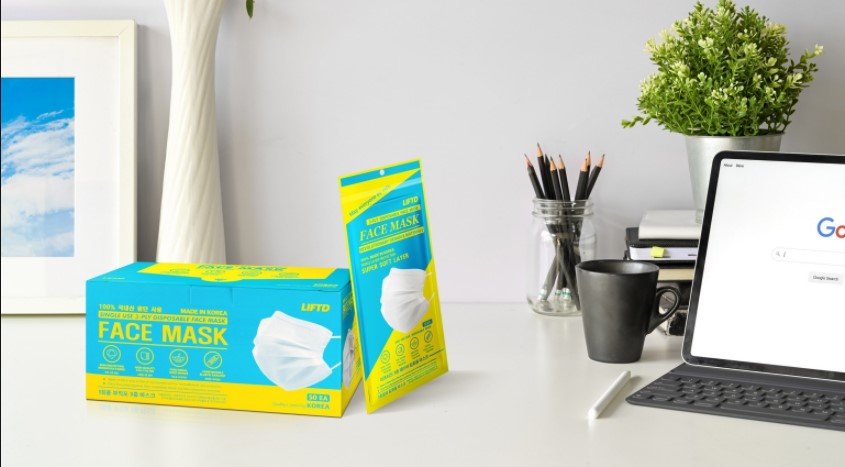
LA based company donates masks to science institute in NC
LA based company Harmony Farms Inc. donates masks to the Wake Forest Institute for Regenerative Medicine in NC.

Covering faces around kids won’t mask emotions
The proliferation of face coverings to keep COVID-19 in check isn’t keeping kids from understanding facial expressions, according to a new study by University of Wisconsin–Madison psychologists.
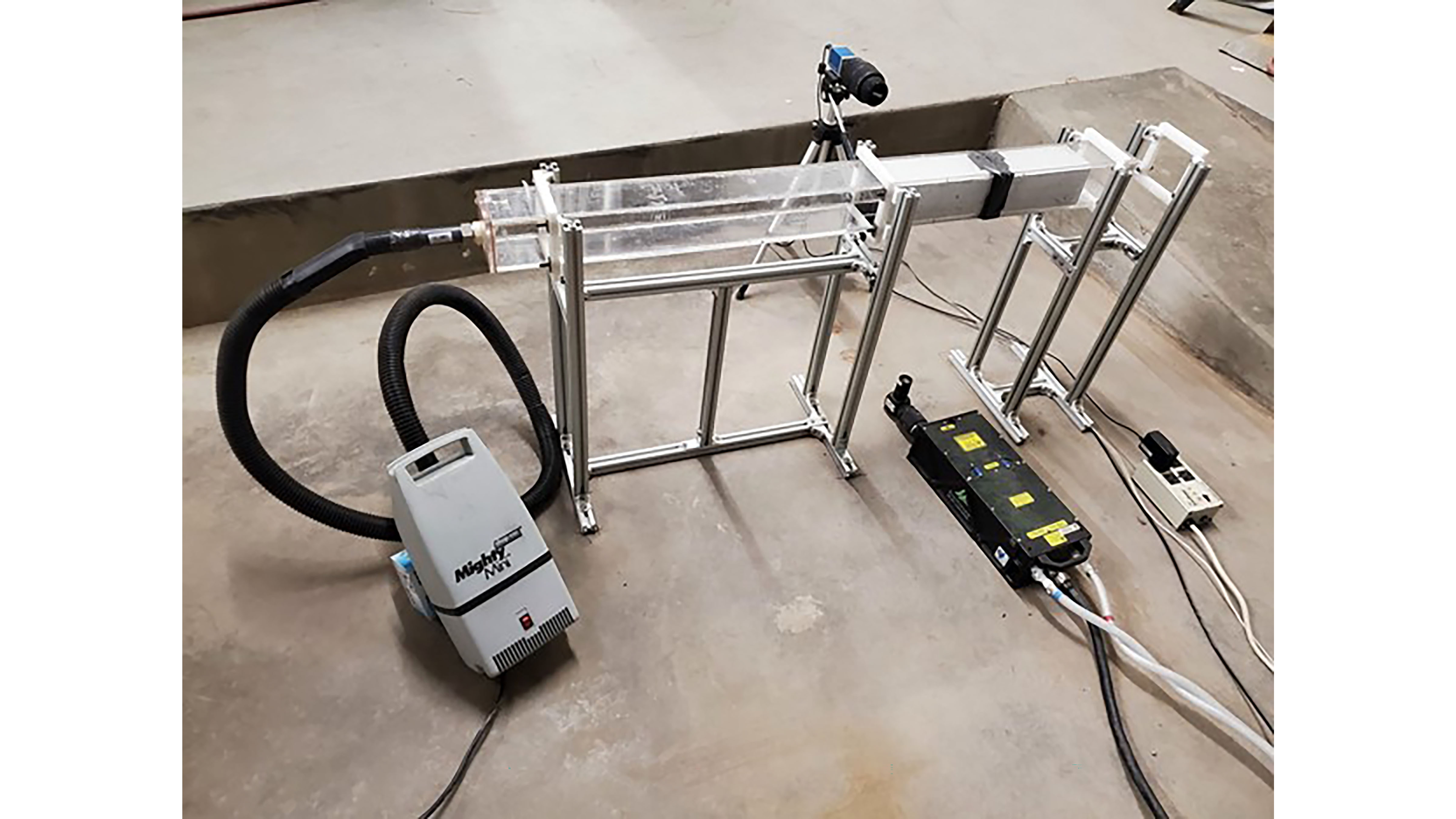
Masks Not Enough to Stop COVID-19’s Spread Without Distancing
Simply wearing a mask may not be enough to prevent the spread of COVID-19 without social distancing. In Physics of Fluids, researchers tested how different types of mask materials impacted the spread of droplets that carry the coronavirus when we cough or sneeze. Every material tested dramatically reduced the number of droplets that were spread. But at distances of less than 6 feet, enough droplets to potentially cause illness still made it through several of the materials.
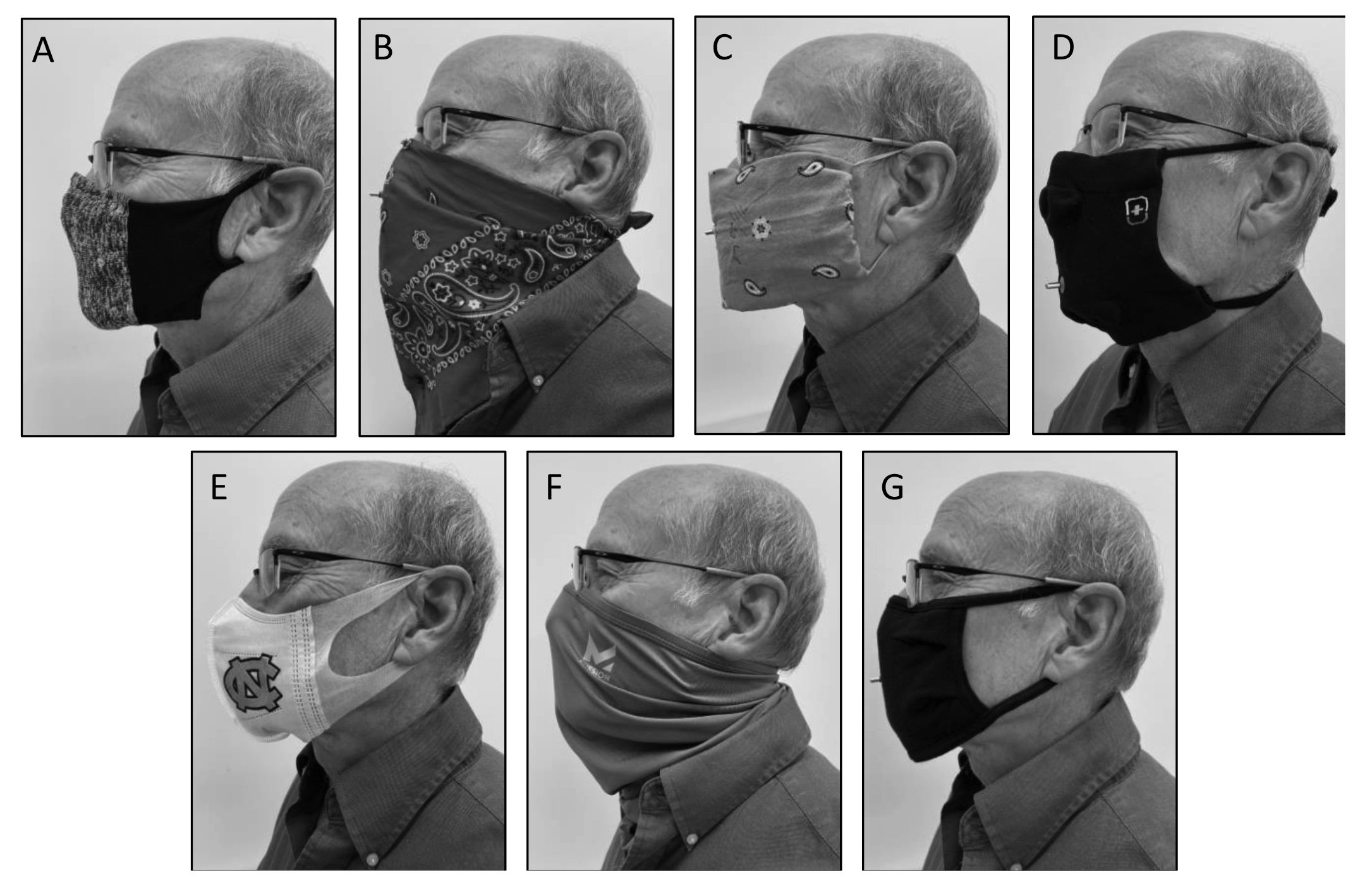
Researchers Rank Various Mask Protection, Modifications Against COVID-19
Some people still refuse to wear a mask. So UNC School of Medicine scientists researched the protectiveness of various kinds of consumer-grade and modified masks, assuming the mask wearer was exposed to the virus, like when we interact with an unmasked infected person.
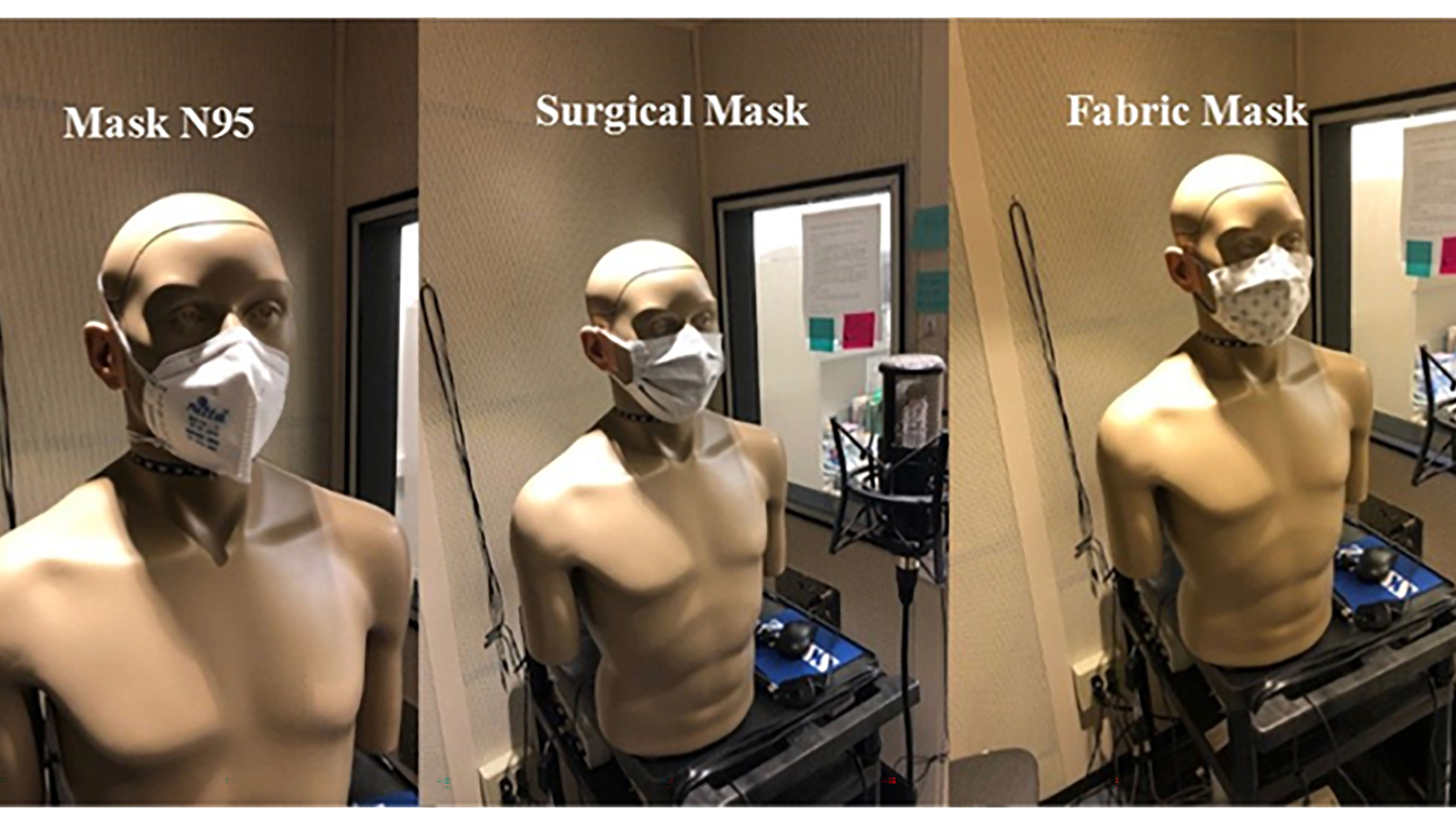
Masked Education: Which Face Coverings are Best for Student Comprehension?
With the ubiquity of masks due to the coronavirus pandemic, understanding speech has become difficult. This especially applies in classroom settings, where the presence of a mask and the acoustics of the room have an impact on students’ comprehension. Pasquale Bottalico has been studying the effects of masks on communication. He will discuss his findings on the best way to overcome hurdles in classroom auditory perception caused by facial coverings at the 179th ASA Meeting.

Exercised Over Nothing: Masks Don’t Impair Lung Function During Physical Activity
A team of American and Canadian researchers report that while they may feel uncomfortable, there is little empirical evidence that wearing a facemask significantly diminishes lung function, even when worn during heavy exercise.
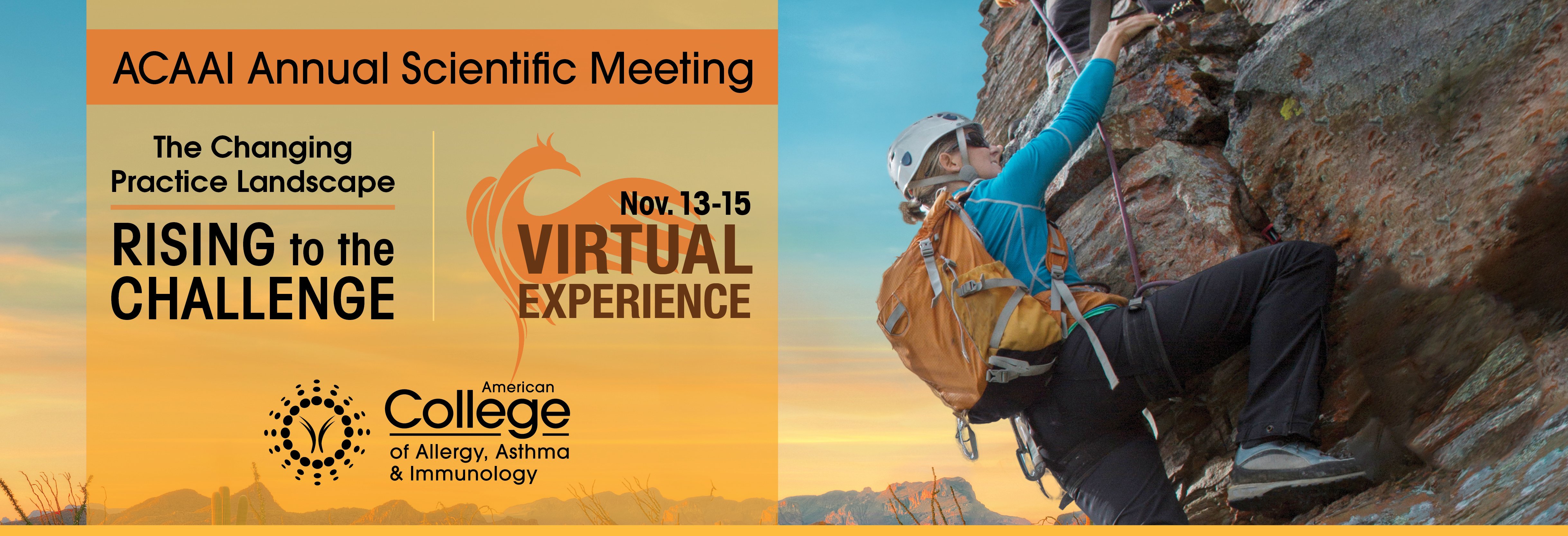
Some Allergens That Cause Contact Dermatitis Are Found in Masks That Prevent COVID-19
A medically challenging case presented at this year’s virtual ACAAI Annual Scientific Meeting revealed that for a man with several skin allergies, mask-wearing triggered his contact dermatitis.

What’s That Growing on Your Face Mask?
Many people reuse masks and other face coverings many times without sanitizing them. That is likely because current sanitization methods can be cumbersome. A new device using a hanging rack and UV-C light can sterilize up to six masks and other items simultaneously and quickly, killing bacteria, yeasts, mold spores, and viruses. This device has shown its efficacy against pathogens including the highly-contagious E-coli, which was eradicated in about one minute.
Surgeon General expects COVID-19 vaccine to be available by year’s end
In a wide-ranging talk with UCLA Health physicians, Wednesday, Oct. 28, United States Surgeon General Jerome Adams, MD, MPH, addressed the politicization of the pandemic and the means of containing the spread of COVID-19. He also offered hope that a vaccine for the virus will be available by year’s end.
Rutgers Expert Available to Discuss Coronavirus Risk from Surfaces, Groceries, Food, Airborne Exposures
New Brunswick, N.J. (Oct. 26, 2020) – Rutgers University–New Brunswick Professor Donald W. Schaffner is available for interviews on the likelihood of getting infected by the SARS-CoV-2 coronavirus via surfaces, groceries, eating food and airborne/aerosol transmission. “Current evidence still indicates that risk from surfaces remains…
FDA Guidance Fails to Ensure Security of 3D-Printed Masks and PPE
New Brunswick, N.J. (Sept. 16, 2020) – FDA guidelines for making 3D-printed masks, face shields and other personal protective equipment (PPE) in the COVID-19 era fail to defend against cyberattacks, according to Rutgers and Georgia Tech engineers. Due to the…
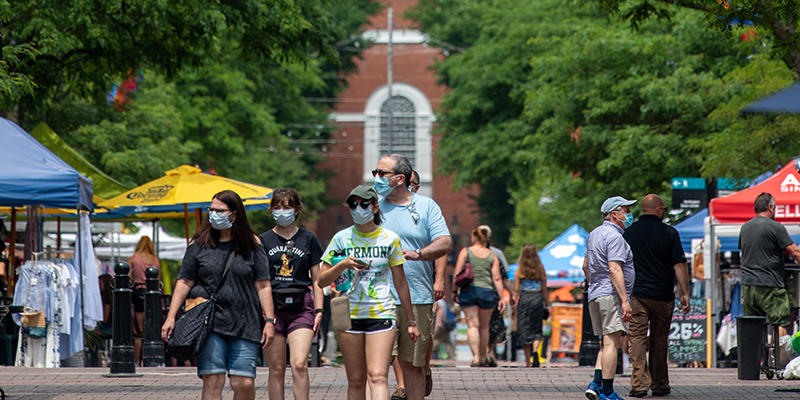
Study: Without Right Messaging, Masks Could Lead to More COVID-19 Spread
A novel study showed that people who wear face coverings tend to have more contacts with others, putting them at risk of contracting COVID-19. Masking directives should accompanied by forceful messaging stressing the importance of social distancing.
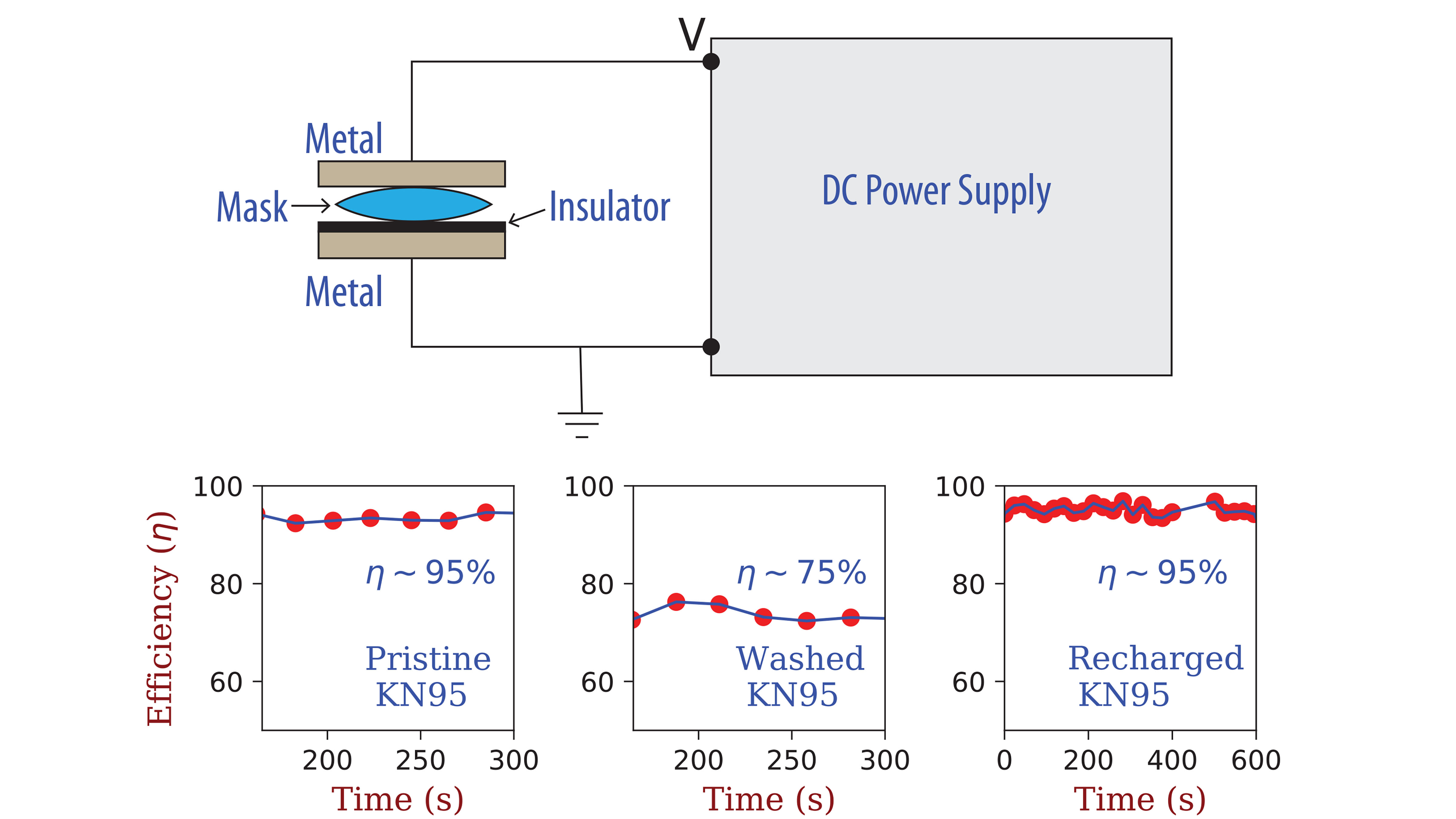
Recharging N95 Masks for Continued Usage
N95 masks achieve 95% efficiency at filtering out tiny 0.3-micron particles, while maintaining reasonable breathability, thanks to a layer of polypropylene fibers incorporating electrical charges to attract particles. Extended usage and decontamination, provoked by severe shortages during the pandemic, can easily remove the charges and degrade filtration efficiency. In Physics of Fluids, researchers share a method to restore the filtration efficiency of N95 masks to out-of-box levels, as long as the mask is not structurally compromised.
Mask mandates delayed by nearly a month in Republican-led states, UW study finds
Political science researchers at the University of Washington examined the factors associated with statewide mask mandates during the COVID-19 pandemic. When controlling for other factors, states with Republican governors delayed imposing broad indoor mask requirements by nearly a month.
The masked singers: How a WVU choir director composed the perfect masks for performance art
Kym Scott, director of choral activities at West Virginia University, recognized the limitations of singing and performing in masks from the onset of the COVID-19 pandemic. So she tapped into her prior life as a fashion designer to solve a problem unforeseen by non-entertainers.
Gaiters do no harm: WVU toxicologists find coverings help contain the spread of exhaled droplets
Experts with the West Virginia University Center for Inhalation Toxicology found that – assuming it’s a good fit – a gaiter will, despite recent reports, provide a respiratory containment of exhaled droplets comparable to a common over-the-ear cloth mask.
Technion’s Nanofiber PPE Sticker Now In Mass Production
The COVID-busting ‘Maya’ sticker developed by Technion researchers has gone into mass production. Comprised of a nanofiber sheet, the unique sticker can be easily adhered to a protective mask, significantly improving its effectiveness against the novel coronavirus.
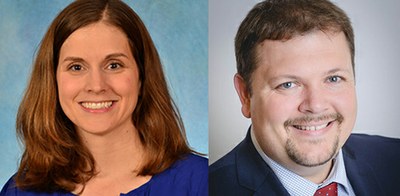
Researchers Create Mask Filtration Effectiveness Hierarchy
Infection prevention experts at the UNC Medical Center set out to gather evidence on the fitted filtration efficiency of dozens of different types of masks and mask modifications, including masks sterilized for reuse, expired masks, novel masks sourced from domestic and overseas sources, and homemade masks.
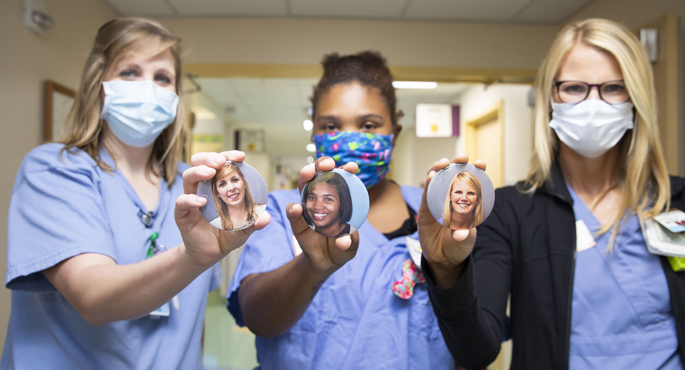
Button Project Lets Children See the Faces Behind the Masks
When COVID-19 cases began rising in Nashville, masking became a regular part of life across Vanderbilt University Medical Center and Children’s Hospital as one of several public health safety measures to protect employees and patients from potential COVID-19 exposure.
Children’s Hospital decided to get creative to ensure that the 1,700 children and families who visit the hospital and clinics each day can see that the same friendly faces they’ve always known still exist behind the masks.
DHS S&T Develops DIY Method to Decontaminate Masks with a Multicooker
Researchers with the DHS S&T developed a do-it-yourself solution to decontaminate personal protective equipment (PPE) using a programmable multicooker.

Survey: In Vermont, Pandemic’s Impact Falling Disproportionately on Lower Income Groups
High percentages of Vermonters agree with the state’s pandemic-inspired social distancing measures and have complied with them. But their actions have come at a significant economic cost, especially for low income Vermonters, one of several ways this group has been disproportionately affected.
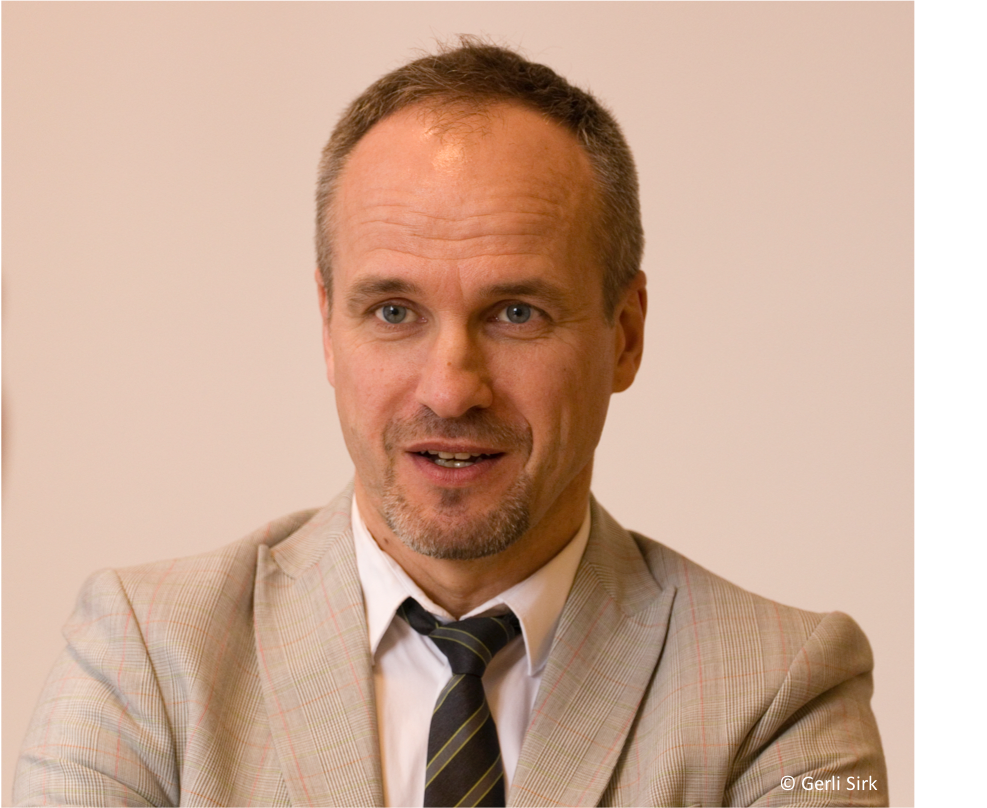
Evidence supports physical distancing, masks, and eye protection to help prevent COVID-19
he systematic review was conducted by a large, international collaborative of researchers, front-line and specialist clinicians, epidemiologists, patients, public health and health policy experts of published and unpublished literature in any language.
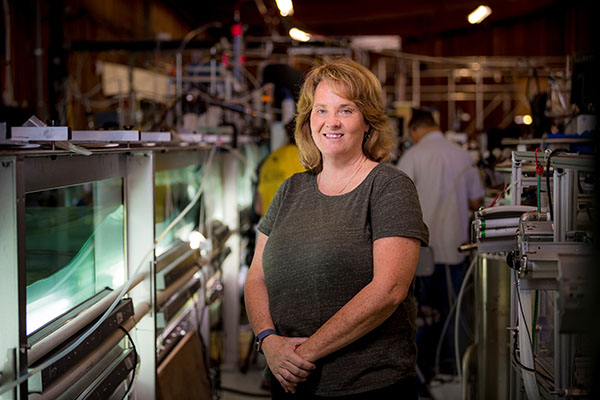
As Businesses Reopen, It’s Crucial We Wear Masks, Safely Distance
In a perspective piece published today in the journal Science, UC San Diego experts describe in detail the growing evidence that SARS-CoV-2, the novel coronavirus that causes COVID-19, can be spread by asymptomatic people via aerosols — a reality that…
Researchers Develop Self-disinfecting, Reusable Protective Face Mask
Technion researchers have developed a self-disinfecting, reusable protective face mask. The disinfection process occurs when a layer of carbon fibers in the mask is heated using a low current source, such as a mobile phone charger. A patent application for the invention has been submitted in the U.S.

Evidence shows cloth masks may help against COVID-19
The international research team examined a century of evidence including recent data, and found strong evidence showing that cloth and cloth masks can reduce contamination of air and surfaces.

University of Washington dean of public health gives advice on where and how (and how not) to wear masks
Beginning May 18, King County is directing residents wear a face covering when in an indoor or outdoor public space where you may come within six feet of someone who does not live with you. The county’s new directive follows CDC recommendations regarding the…
Rutgers Expert Available to Discuss How to Reduce Risk on Vacation During COVID-19 Pandemic
New Brunswick, N.J. (May 18, 2020) – Rutgers University–New Brunswick Professor Donald W. Schaffner is available for interviews on how to reduce the risk of coronavirus infection on vacation, at vacation rentals and while traveling during the COVID-19 pandemic. “Even though everyone in the…
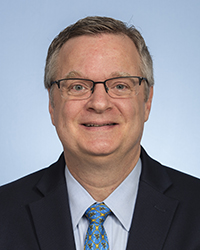
Behind the mask with a WVU doctor: What to wear and whether face coverings should be mandated
“To mask or to not mask” is no longer the primary question dominating the COVID-19 public discourse. As states reopen amid the pandemic, the question now is, “Should face coverings be required in public?” Mandates vary by state. In West…
Cornell leads statewide effort to provide masks for incarcerated inmates
Rob Scott, director of Cornell Prison Education Program, has organized 14 New York colleges and universities to provide masks for every person incarcerated in the state – nearly 43,000 people.
UH and Cupron Collaborate to Provide Reusable Copper-Infused Masks to Caregivers
University Hospitals in Cleveland is using masks made with a copper-infused fabric has been clinically validated to reduce the spread of hospital acquired infections such as C. Diff and MRSA. The masks are made by Cupron, Inc, a tech company that uses the properties of copper for healthcare and other uses.

Origami artist turns to folding face masks amid pandemic need
Jiangmei Wu is turning to origami to create and potentially provide face masks critically needed to slow COVID-19 infection.